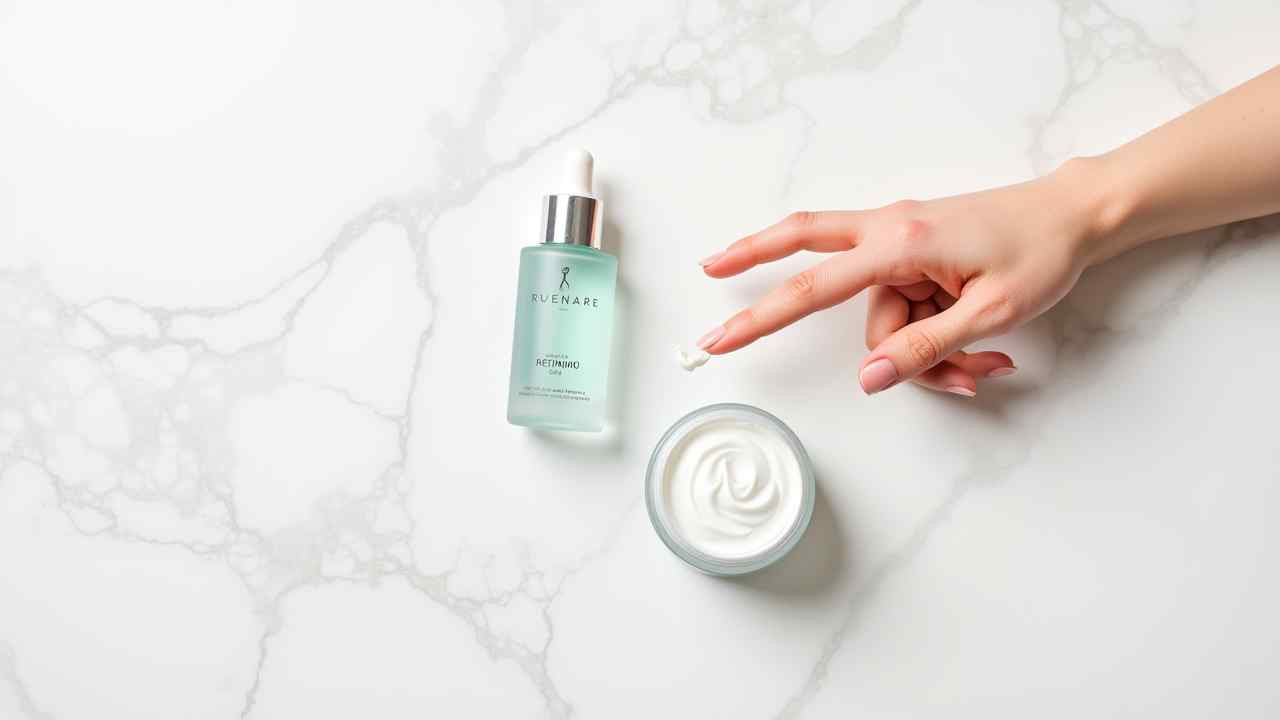
🧴 Retinol Before or After Moisturizer? A Dermatologist's Guide
🧴 Retinol Before or After Moisturizer? A Dermatologist's Guide to Correct Application 🧴
Retinol is a powerhouse skincare ingredient. It is celebrated for its ability to reduce wrinkles, fight acne, and improve skin texture. However, this power can also cause irritation, redness, and peeling. The key to success is applying it correctly.
This leads to one of the most common skincare questions. Should you apply retinol before or after moisturizer? The answer is not the same for everyone. It depends on your skin type and experience with retinoids. Both methods are valid for different reasons.
This guide will break down the debate. We will explain both methods and the science behind them. This will help you find the perfect technique for your skin. Let's get your routine in the right order. ✨
🤔 What is the "Classic" and Most Effective Method?
The standard dermatological advice is simple. You should apply your skincare products from the thinnest to the thickest consistency. Retinol serums are typically much thinner than moisturizers. Therefore, the classic method is to apply retinol before moisturizer.
Applying retinol directly onto clean, dry skin allows for maximum absorption. This means the ingredient can penetrate most effectively. This leads to the most potent and fastest results. The moisturizer is then applied on top. This helps to lock in the retinol and hydrate the skin.
How do you use this method?
- Thoroughly cleanse your face.
- Gently pat your skin completely dry. Applying retinol to damp skin can increase irritation.
- Apply a pea-sized amount of retinol to your entire face.
- Wait a few minutes for it to fully absorb.
- Follow up with your favorite moisturizer.
💧 When Should You Apply Retinol After Moisturizer?
Applying retinol after moisturizer is a technique known as "buffering." This method is a game-changer for many people. It is specifically designed for those with sensitive skin or those new to using retinoids. It is a gentler approach.
The layer of moisturizer acts as a protective buffer. It slows down the rate at which the retinol penetrates your skin. This significantly reduces the chances of irritation, redness, and flaking. It makes the experience much more comfortable.
The trade-off is a slight reduction in potency. However, it is far better to use a buffered retinol consistently. This is better than getting irritated and giving up. Consistency is always more important than intensity in skincare.
How do you use the "buffering" method?
- Thoroughly cleanse your face.
- While your skin is still slightly damp, apply a light layer of a simple moisturizer.
- Wait for the moisturizer to fully absorb.
- Apply your pea-sized amount of retinol on top.
For extra sensitive skin, you can use the "sandwich method." You apply moisturizer, then retinol, then another layer of moisturizer on top. This provides maximum protection against irritation.
✅ So, Which Method is Right for You?
The answer depends on your skin. Here is a simple guide to help you decide when to apply retinol before or after moisturizer.
Apply retinol BEFORE moisturizer if:
- You have normal, oily, or resilient skin.
- You are an experienced retinol user and your skin tolerates it well.
- You want the most potent, fastest results.
Apply retinol AFTER moisturizer if:
- You are a beginner to using retinoids.
- You have dry, sensitive, or reactive skin.
- You are using a high-strength prescription retinoid like tretinoin.
- You are experiencing any redness or peeling.
☀️ What Are Other Essential Tips for Using Retinol?
Proper application order is just one part of using retinol safely. Always follow these crucial rules to protect your skin. They are non-negotiable for healthy results.
1. Only Use it at Night: Retinol breaks down in sunlight and can make your skin more sensitive to UV rays.
2. Sunscreen is Mandatory: You must wear a broad-spectrum sunscreen with at least SPF 30 every single morning. This is the most important rule of all.
3. Start Slow: Begin by using retinol only 2-3 times per week. Gradually increase the frequency as your skin builds tolerance.